
Recognized for excellence in substance abuse and behavioral health treatment by the Joint Commission
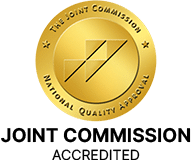
Forgiveness in Recovery: 11 Signs Your Body Is Releasing Trauma
From emotional waves to physical sensations, these signs may indicate that your body is letting go of deep-seated pain as part of the healing process.
Addiction help

You’ve been working on your healing journey, attending trauma therapy sessions, and practicing self-care, but how do you know if...

Forgiveness in Recovery
Recovery from substance abuse is a deeply personal journey. It involves healing not just your body, but also your relationships...

Why Do Addicts Relapse When Things Are Good?
Stress, financial hardships, interpersonal problems, and even physical pain can all lead to a relapse. Most of us can see...

Drug-Induced Arrhythmia
Drug-induced arrhythmias are a serious and sometimes life-threatening cardiovascular side effect of many commonly used medications. These abnormal heart rhythms...

Does Adderall Expire?
Adderall is a prescription medication commonly used to treat Attention Deficit Hyperactivity Disorder (ADHD) and narcolepsy. It contains a combination of amphetamine and dextroamphetamine, which are stimulant...
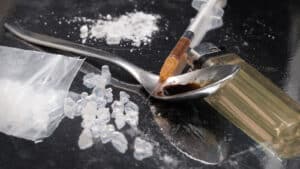
Can You Snort Meth?
According to Drug Abuse Statistics, nearly 100,000 people die of substance abuse in the US every year, killing almost a...

Is Alcohol a Narcotic?
Alcohol is one of the most widely consumed psychoactive substances in the world. Despite its significant effects on the central...

ACOA Traits
Growing up in a household with an alcoholic parent can have a profound and lasting impact on a child. Even...
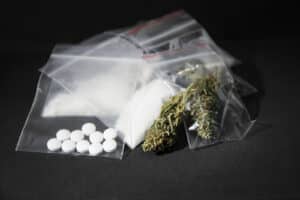
What Does it Mean to Get Laced?
According to Merriam-Webster, “to lace” means “to adulterate with a substance.” In other words, it involves putting something into something...

Take Control of Your Recovery: Download Your Free Early Recovery Workbook
Are you ready to take the first step toward sobriety and reclaiming your life? The Early Recovery Workbook is your...
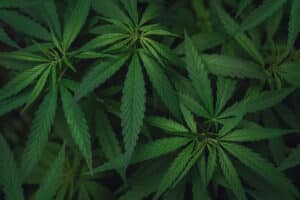
Greening Out
Cannabis is often seen as a safer, less risky choice than other common recreational drugs. Not only are life-threatening reactions...
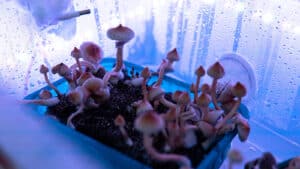
Can Magic Mushrooms Go Bad?
Magic mushrooms, or psilocybin mushrooms, have gained popularity for their psychedelic effects and potential benefits for mental health. But like...
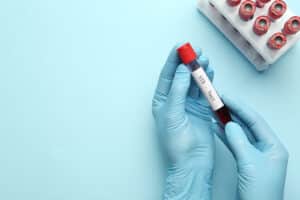
Do Normal Blood Tests Show STDs?
When it comes to sexual health, many people are understandably concerned about sexually transmitted infections (STIs) and sexually transmitted diseases...
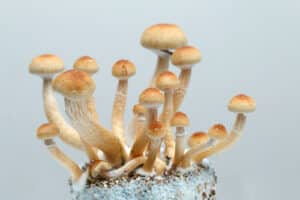
Mushrooms for Stress and Anxiety
If you’ve been reading news headlines recently, you may have noticed some surprising research on using mushrooms for anxiety and...

Escapism
Do you look at the stress in your life as challenges to overcome or are you being overwhelmed? Daily life...
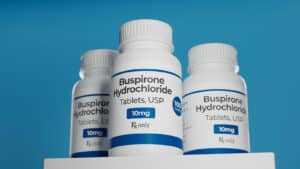
Is Buspirone Addictive?
Developing addiction is a common concern people have regarding taking buspirone medication. We have good news: this drug has a...

Excuses Alcoholics Make
A lot of people struggling with alcoholism make excuses for their drinking. They might say that they drink because they’re...

What Makes Drinking Alcohol Enjoyable?
You’d decline if you were at a social gathering and your friend offered you a glass of mild poison. If...

